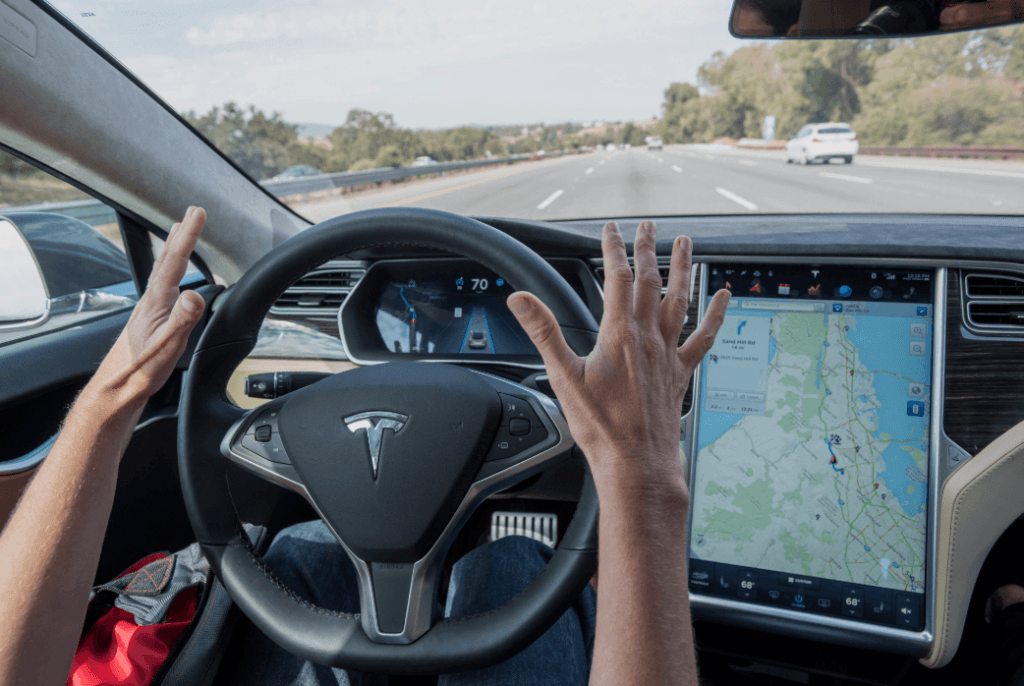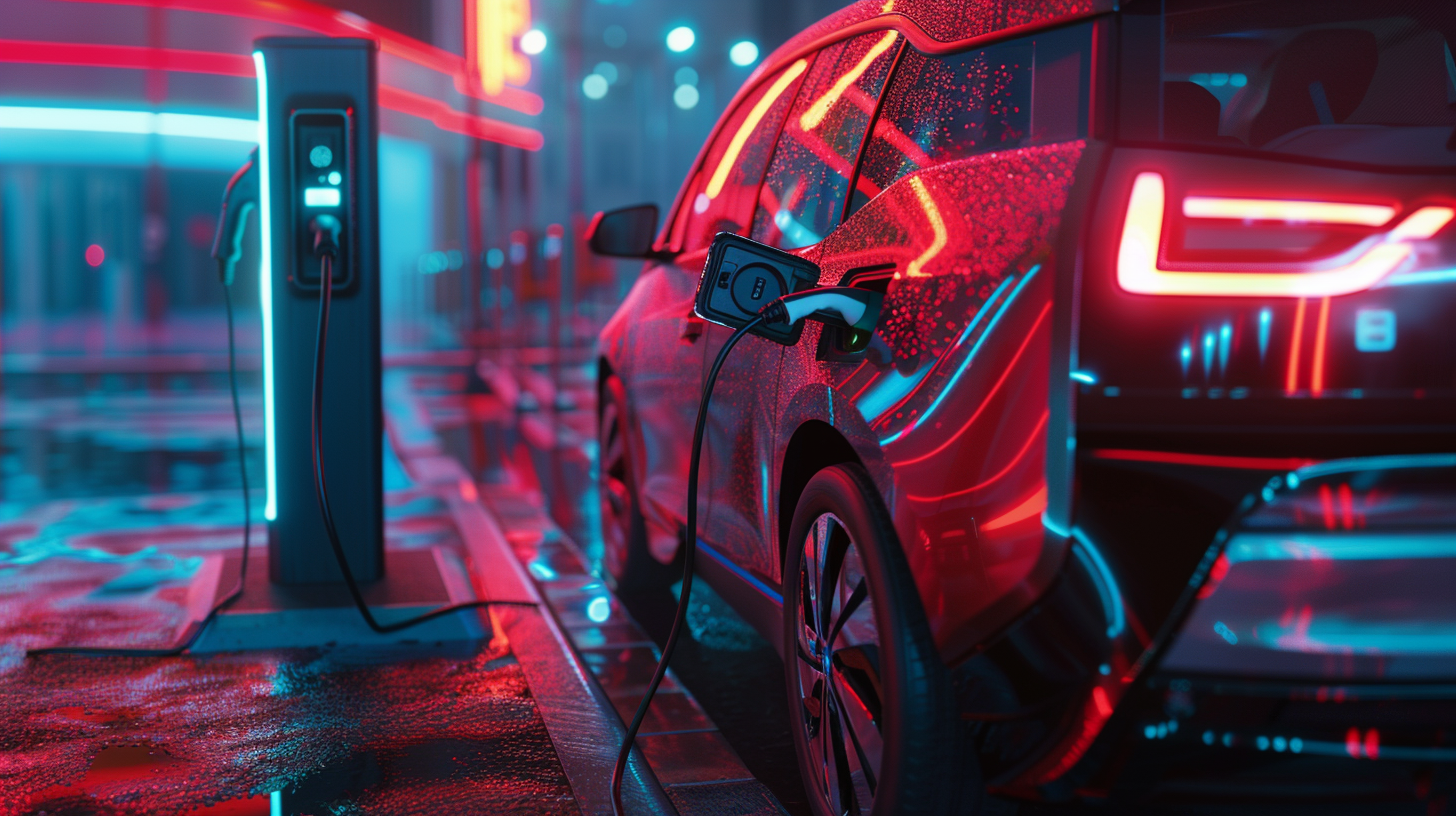
In a weekly column, alternately written by Lucien Engelen, Mary Fiers, Maarten Steinbuch, Carlo van de Weijer, and Tessie Hartjes, E52 tries to find out what the future will look like. All five contributors – sometimes accompanied by guest bloggers – are working on solving the problems of our time. Everything to make Tomorrow Good. This Sunday, it‘s Tessie Hartjes’ turn. Here are all the previously published columns.
Last Sunday, “I” drove for the first time in the autonomous mode of a Tesla: autopilot. Apart from the fact that this is a very clever piece of technique, I was reminded of the consequences of the cognitive efficiency of our brain. In order to relieve our brain of the burden of making choices, we make use of ‘heuristics’. These are a kind of rule of thumb to be able to act quickly in a new situation on the basis of previous experience and existing knowledge. Works efficiently but regularly results in making the wrong assumptions.
What does this have to do with the autopilot? My mental shortcuts were constantly going up in fog. For example, I assumed that when you enter the route for the Tesla, the autopilot would automatically know that you have to have the next turn on the right. This turned out to be a little too optimistic. One of my other mental shortcuts: voice commands. At home, I have an Alexa echo dot from Amazon and I am used to giving voice commands. So when the Tesla approached a red traffic light and was rather late with its brakes, I started shouting “now you can start slowing down”. But I relied a little too much on a system I thought I understood and made the wrong assumption that the autopilot responds to traffic lights as well as to the other road signs. Luckily, my co-driver was more experienced and sharp enough to explain to me in a split second that this is not yet part of the system.
The same thing happens often when people hear about Lightyear’s plan for the first time. Some time ago, Arjo van der Ham also wrote a blog post about this. It is easily concluded that a solar car is impossible, by starting to sum up a number of false assumptions based on existing knowledge. Logical but not always correct…
As Tesla did 15 years ago for the electric car, we have to do now for the solar car: educating the public. And since this week we have been doing this in the form of a calculator on our website. The tool shows, based on the location you entered and the total number of kilometres to be driven on an annual basis, how often you still have to charge with a solar car via a plug. By playing with different kilometres and places on earth you can see what we mean by ‘independent from a charging infrastructure’. You can drive up to 18,000 km a year in certain places without having to recharge once. Time for a new definition of range?
The calculation model behind this module works as follows. Based on your location, weather data is searched, which is typical for your location. With the solar radiation and the properties of the solar cells of the Lightyear One, the energy yield per day is calculated. At the same time, a typical distribution of different trips in a year is used for a given number of kilometres per year (e.g. 20,000). So during the week for example commuter traffic, on weekends once in a while a long trip, together making around 20,000 kilometers per year. The realistic use of the Lightyear One is applied, including, for example, heating and air conditioning, which is calculated on the basis of an average user profile over the year. The energy yield per day minus the energy consumption per day is added to the battery every day. If the battery drops below a certain level, it needs to be charged.
The insight that this tool offers was extremely difficult to communicate in words. In the ten sentences you need for this, you expect a lot of existing knowledge of the person opposite you, such as knowledge about electric cars, solar panels, charging, etc. Before you arrive at the actual point you want to make, you have probably already made a couple of incorrect assumptions (mental shortcuts). This is what makes the calculation tool that allows you to provide direct insight so valuable.








